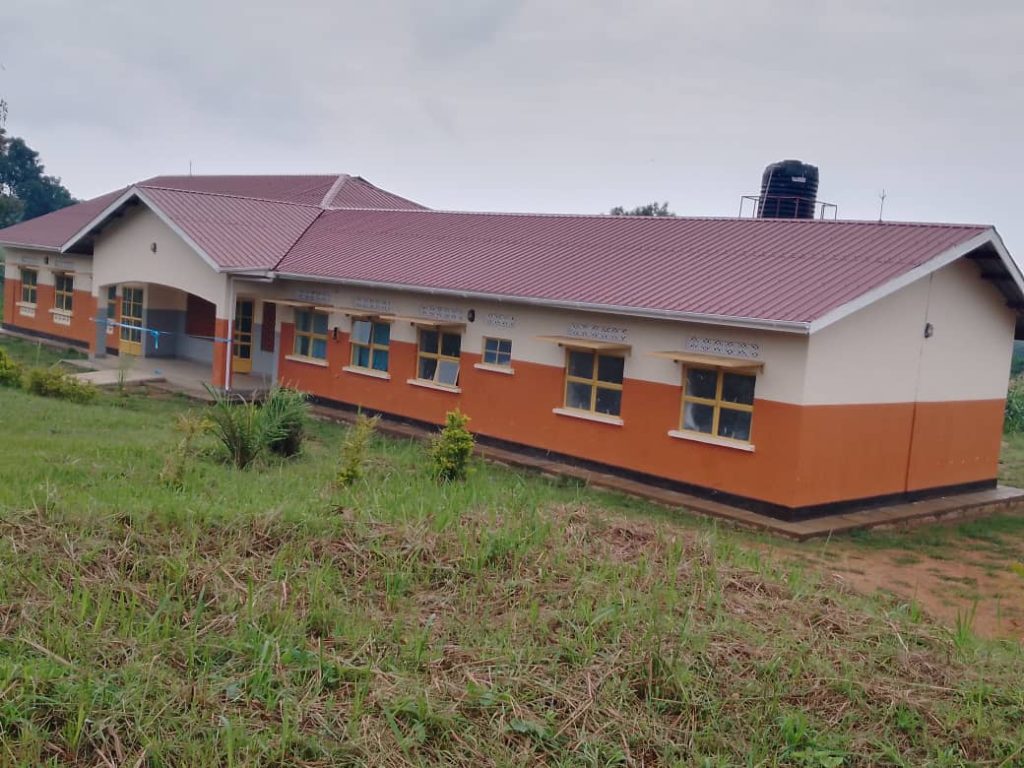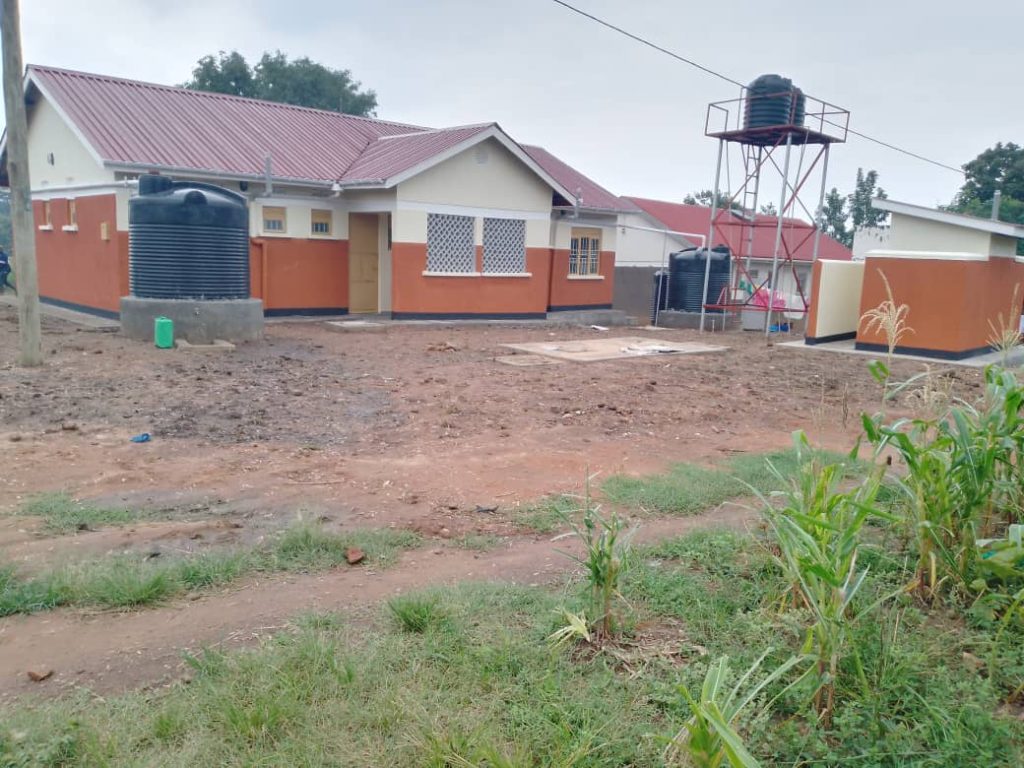Zombo district leaders have expressed optimism that the newly commissioned facility at Otheko health center II, now upgraded to health center III in Paidha sub county, will fix health care gap amongst the over 20,000 People in the area.
Grace Atim, the Resident District Commissioner of Zombo whilst Commissioning the facility on July 20, 2024, shared that ” the project is part of President Museveni’s long-term plan of addressing the wider scope of health problem across the country”
This project is riding on the back drop of health ministry’s necessary plan of prioritizing health interventions through achievable essential services.
Three different companies within the past three fiscal years since 2021, undertook construction and equipping of the facility comprising the components of Maternity and general ward, medical equipment and staff house, that cost government one billion fifty five million shillings.This Publication understands that the contractors were given defect liability period of one year.


Mark Bramali, the district health officer says upon being confirmed as health center III, government offered the district “180 million shillings for recruitment of 38 staff for the facility awaiting approval from ministry of public service”.
The high volume Otheko health facility currently serve a large geographic area of Paidha sub county with over 20,000 people. In the past, this community would grapple with unbearable referral challenge to far off facilities like Nyapea and Nebbi General Hospital, couple with inendurable state of roads in the area.
Meanwhile the LCV chairperson of Zombo represented by the district council speaker Hassan ringtho, called for public ownership of the facility, warning against vandalism. He also pledged the District commitment of fencing the facility.
Rural residents in Zombo encounter greater challenges in accessing healthcare than their urban counterparts and shortage of drugs in most government health facilities often grab the headlines.
In most cases, the impoverished community are forced to source for health facilities very far, making many who can’t afford to resort to riskier services of traditional birth attendants and expensive private clinics or drug shops respectively.
The member of parliament for Okoro county Gabriel Okumu, lauded government for stepping in to fix the health care gap, rallying community to embrace services at the facility rather than seeking for services from traditional birth attendants and drug hawkers.
The 2022 statistics from Zombo district health department indicated that 4 out 10 of expectant mothers still deliver at home. This to many local leaders is attributed to lack of health facilities in some rural areas and negative mindset of some locals.
In relation to that glaring report about home deliveries, the LCIII chairperson of Paidha sub county William OKethi commended government for fixing health care gap in his sub county adding that ” I appeal for speedy recruitment of staff at this long awaited facility because we have a population of over 20,000 people that this facility should serve “.
Most health care facilities in Zombo are along the Uganda-DR Congo border, and the influx of high patient volume that overwhelm these health facilities propel many residents to sort themselve based on individual human capital and those financially incapacitated ends up bearing the most heavy brunt some of which leads to loss of life.
The upgrade of Otheko health center II to III adds to the lists of about 9 health center III facilities across the district, three of which are privately owned, Warr health center IV ( government aided), and one Catholic church founded Nyapea Hospital.
Another health facility undergoing construction is Amwonyu health center II in Aka Subcounty , which upon it’s completion will also be upgraded to health center III.
The health ministry on several occasions has been acknowledging the importance of investing in the health care, and ensuring that expectant mothers gets access to the basic reproductive health services.



